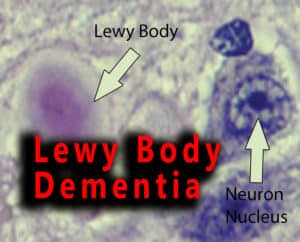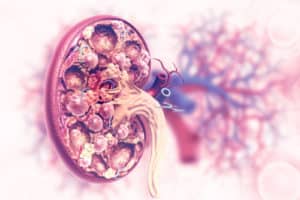The medial collateral ligament (MCL) runs along the inner edge of your knee. During sports activities, if your knee gets hit hard then your medial collateral ligament may get injured.
There are four ligaments present in the knee. They are:
- Medial collateral ligament (MCL).
- Lateral collateral ligament (LCL)
- An anterior cruciate ligament (ACL)
- A posterior cruciate ligament (PCL)
During flexion and extension, these ligaments protect the knee joint and control the movement of the knee joint.
MCL is related to the ACL and medial meniscus anatomically, so there is a chance of injury of these two structures. After your MCL is damaged, there is a chance your knee can overextend. Proper treatment, rest in some cases, surgery can heal you.
Who are at risk of tearing Medial Collateral ligament?
People involved in the type of sports in which cutting, turning, pivoting is present such as football, basketball, skiing, tennis, soccer are at high risk of tearing a medial collateral ligament.
Causes of tearing of Medial cruciate ligament
- During any sports activity tearing or straining of the medial cruciate ligament can occur. Especially football, hockey where great force may impact athletes.
- If your knee is suddenly twisted or bends, there is a chance of tearing the medial cruciate ligament.
Grades of MCL injuries
There are 3 types of medial collateral ligament injuries.
Grade 1: In this type of injury medial collateral ligament is stretched. But it is not turned. Among all the types, grade one is the least severe.
Grade 2: In this type of injury your knee joint will become unstable. In grade 2 injury, the medial cruciate ligament is torn out partially. It nearly takes four weeks to heal.
Grade 3: When your medial cruciate ligament is fully torn, then it is categorized as a grade 3 injury. It is the most severe form of this type of injury. A very common type of phenomenon of grade 3 injury is joint instability. It may take eight weeks to heal this type of injury.
Symptoms of an MCL injury
- Swelling of the knee joint.
- Pain and tenderness are present in the inner part of your knee.
- Locking of the knee joint
- During weight-bearing, it feels like your knee joint is going to give out.
- Sometimes a popping sound on injury is present.
- Knee joints become unstable and tend to make the person fall or stumble.
- Walking becomes hard and you can’t take pressure on the leg.
Diagnosis
After proper clinical examination and taking a history of injury, the doctor may understand if the medial collateral ligament is torn or not.
Some tests can be done to identify injury:
X-ray: X-ray is often done to check whether any bone injuries are present or not.
MRI: MRI is done to see if the medial collateral ligament is completely torn or it is partial. It also gives us clues if the knee has other injuries present or not.
Add Your Heading Text Here
Lorem ipsum dolor sit amet, consectetur adipiscing elit. Ut elit tellus, luctus nec ullamcorper mattis, pulvinar dapibus leo.
Treatment
Immediate treatment is required to relieve pain. Then treatment is given to stabilize the injured knee.
Few immediate measures are given below:
- Elevation of your knee above the level of your heart. It is done to reduce swelling.
- Application of ice pack. It helps to reduce swelling.
- Taking NSAIDs to ease pain and swelling.
- Compression of your knee joint. It can be done by using elastic bandages or braces.
- Last of all, proper rest is very important for recovery.
Surgery:
Very few injuries require surgical intervention. If the ligament is torn in a way that it cannot repair itself, then surgery is very necessary. Besides other ligaments that are also injured along with medial collateral ligament then surgery is important.
Before doing surgery, you may go through an arthroscopic examination. This examination is done by inserting a tiny camera after giving a small incision. After doing arthroscopic examination surgery is done.
The surgeon will try to reattach your ligaments from where it is torn. It can be torn from the thigh or the tibia (known as shinbone). Surgeons repair the ligament using bone staples, metal screws, suture anchors and giving stitches to the ligament.
Rehabilitation
The main objective along with your healing from MCL injury is to get your strength back in your knee and prevent further injury. Some protective measures need to be taken such as-
- During any type of physical activity wearing a protective knee brace.
- You may need physical therapy as it will help you to strengthen your muscles, soon it will help you to improve your knee’s range of motion.
- Limiting sports and other activities which may be a reason for further injuries.



